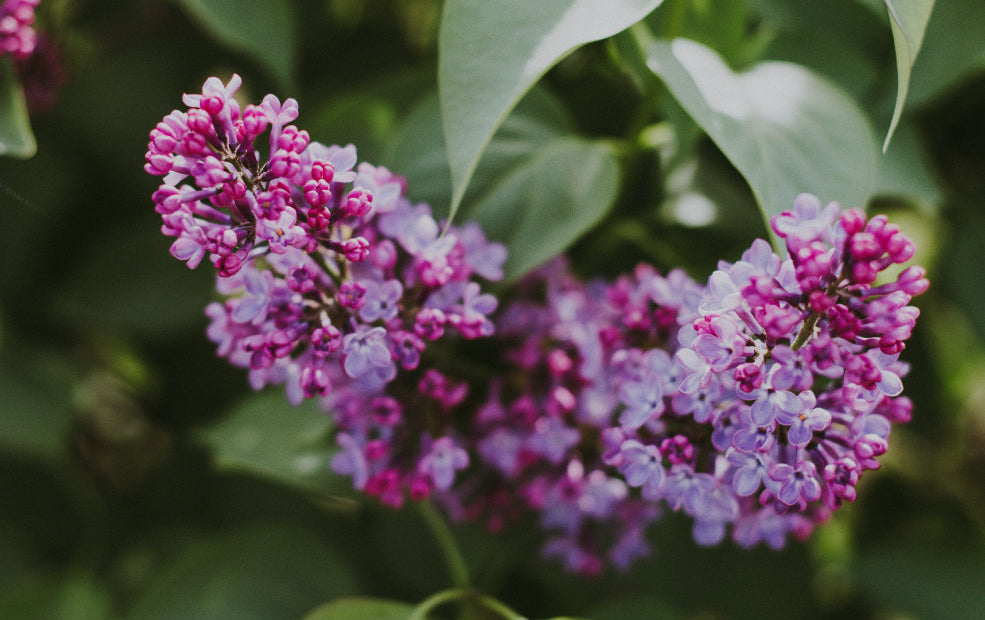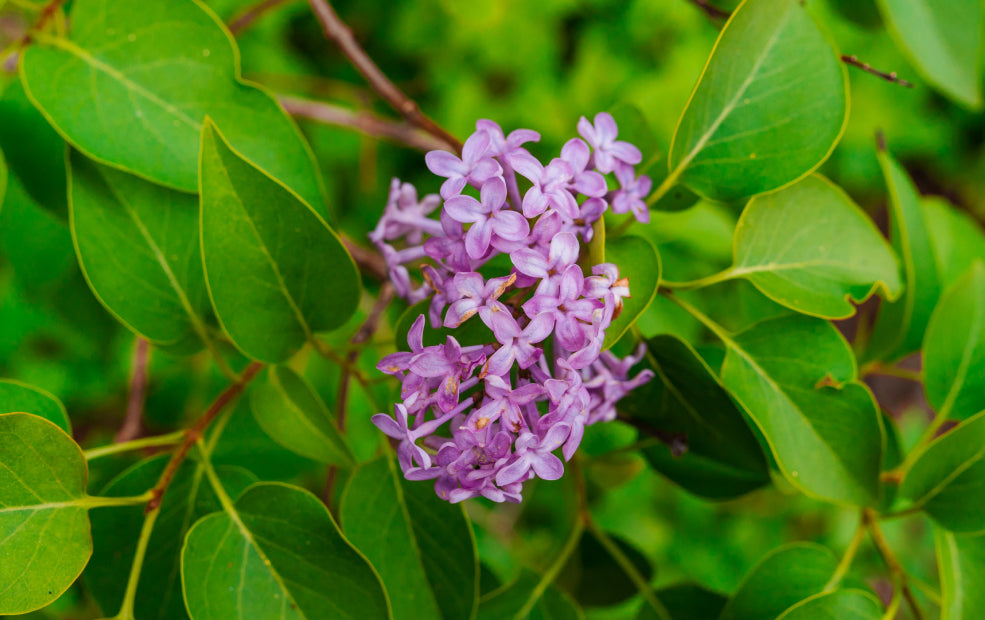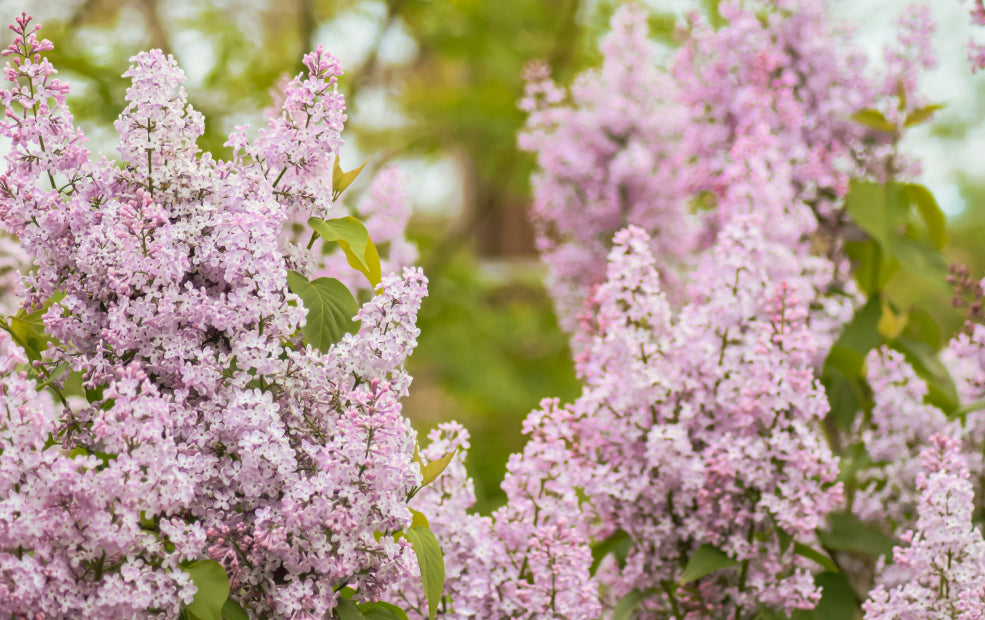Syringa: A Fragrant Delight in Full Bloom.
Syringa, or Lilac, is a plant that fills the garden with beauty and fragrance when it bursts into bloom in late spring. Its clusters of flowers, in shades of purple, pink, white, or blue, create a glorious display that is as visually stunning as it is aromatic. Whether used as a standalone shrub or incorporated into a mixed border, Syringa brings a sense of classic charm to the garden. Few plants rival the lilac’s ability to transform a space with both colour and scent.























